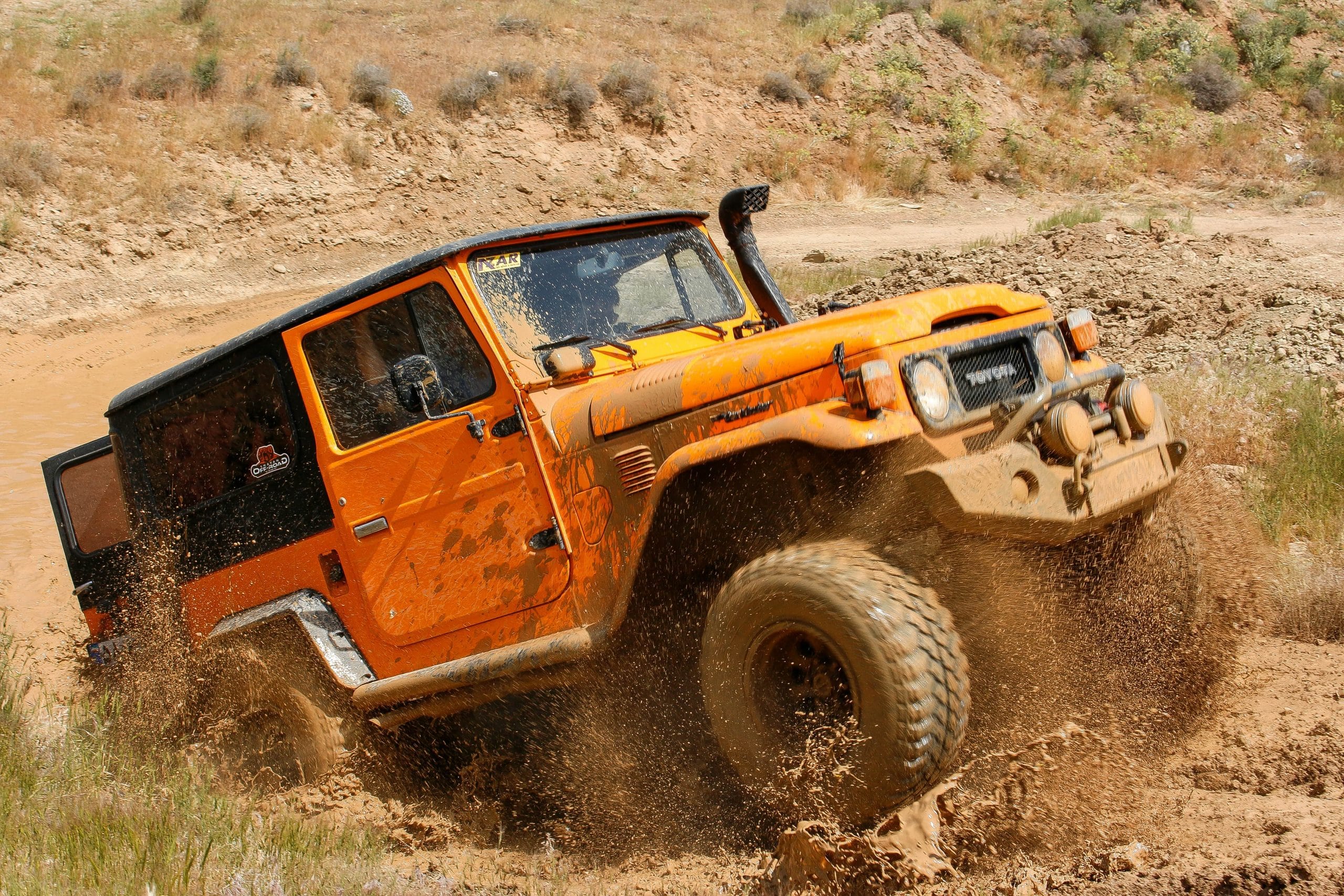Whether you’re an off-roading enthusiast or a regular driver who occasionally treads the unbeaten path, ensuring that your vehicle is equipped to handle rough terrain can be a crucial factor. One way to enhance your ride’s off-road prowess is by installing a locking differential. This piece of engineering can make the difference between seamless navigation and getting stuck in the middle of nowhere, but is it the right choice for your vehicle? This article aims to decipher the potentials of this upgrade.
What is a Locking Differential and How Does It Work?
Before we dive deeper into the advantages and potential limitations of locking differentials, it’s essential to understand what they are and how they function. A locking differential, or “locker” as it’s often referred to, is a type of differential that has the ability to lock both wheels on an axle together, forcing them to rotate at the same speed.
Sujet a lire : What’s the Impact of Forged Connecting Rods on High-Performance Engine Durability?
This contrasts significantly with a standard differential which allows the wheels to turn at different rates, which is beneficial when cornering but less advantageous in slippery or uneven conditions.
When a vehicle with a standard differential encounters a situation where one wheel loses traction – such as in mud, snow, or on a loose rocky surface – power gets redirected to the wheel with the least resistance. This essentially means that the wheel with good traction doesn’t get the power it needs to pull the vehicle out of a challenging spot – a scenario that can quickly become aggravating when you’re striving to navigate tough off-road terrain.
Lire également : What’s the Best Method for Installing a Backup Camera System in Older Vehicle Models?
Locking differentials come into play to remedy this problem. By locking the wheels on an axle together, the differential ensures that even if one wheel loses traction, the other wheel will continue to receive power, enabling your vehicle to keep moving.
Advantages of a Locking Differential Upgrade
The primary advantage of a locking differential is improved traction. This makes them ideal for off-road driving, particularly when navigating rocky or slippery terrain. However, the benefits of this upgrade are not confined to these scenarios.
One of the key benefits of a locking differential is its ability to enhance the control and stability of your vehicle during off-roading. By equalizing the speed of both wheels on an axle, it provides a predictable driving behaviour, which is particularly beneficial in challenging driving situations.
In addition to improved vehicle control, a locking differential can also safeguard your vehicle from potential damage. Often, when a wheel spins without traction, it can create excessive heat and wear on the tyres and differential. A locker can prevent such situations, thereby extending the lifespan of your vehicle’s components.
Finally, a locking differential can also improve your vehicle’s towing capability. By ensuring that power is evenly distributed to both wheels, a locker can provide the extra traction needed when towing heavy loads, making it a valuable upgrade for those who regularly use their vehicle for towing purposes.
Drawbacks to Consider
While a locking differential offers numerous benefits, it’s crucial to be aware of potential drawbacks as well. One of the main disadvantages of a locker is its impact on handling during normal driving conditions. Because a locking differential forces both wheels to turn at the same speed, it can make the vehicle feel less responsive when cornering. This could potentially lead to oversteer in certain situations.
Another downside of a locking differential is the additional stress it places on the vehicle’s drivetrain. When driving on hard surfaces, the differential locks the wheels together, forcing them to rotate at the same speed even when they naturally need to turn at different speeds. This can lead to tyre wear and could potentially damage the drivetrain components over time.
Lastly, the cost of installing a locking differential can be a deterrent for some. This upgrade requires a significant financial investment, which includes not only the cost of the locker itself but also the installation expenses.
Choosing the right locking differential
Despite the drawbacks, a locking differential can be a game-changer for off-road enthusiasts. However, it’s important to choose the right type of locker to suit your needs.
Automatic locking differentials are designed to lock and unlock automatically based on the vehicle’s needs. This means that they operate like a standard differential during normal driving conditions and lock up when needed, providing enhanced traction.
On the other hand, manual locking differentials give drivers full control over when the differential locks and unlocks. This can be advantageous in certain off-roading situations, but it also requires a higher level of driver engagement.
The decision between an automatic and manual locker largely depends on your driving style and how often you drive off-road. If you frequently traverse difficult terrain, a manual locker may be a worthy investment. However, for occasional off-roaders, an automatic locker might be a more practical choice.
In conclusion, a locking differential can undoubtedly enhance your vehicle’s off-road capability. However, it’s crucial to weigh the benefits against the potential downsides and to select a locker that best fits your needs.
The Installation Process and Maintenance of a Locking Differential
Understanding the installation process and the necessary maintenance routine is crucial when considering a locking differential upgrade. The complexity of the installation can vary depending on the type of vehicle and differential chosen. It’s worth noting that the installation of a locking differential is not a simple DIY job and should be carried out by a professional mechanic to ensure accuracy and safety.
The process usually involves removing the existing differential and replacing it with the locker. This requires a deep understanding of the vehicle’s drivetrain and an array of specialized tools. Depending on the vehicle model and type of locker being installed, this process could take several hours to a few days.
When it comes to maintenance, locking differentials typically require periodic servicing to keep them in optimal condition. This servicing often involves checking the gear oil levels and changing the oil at recommended intervals. It’s also advisable to have your differential inspected by a professional regularly as part of your standard vehicle maintenance schedule to detect any potential issues early.
Bear in mind that a poorly maintained locker can lead to premature wear and tear, and in extreme cases, complete failure. Therefore, it’s crucial to consider the additional time and cost that this upgrade may entail for regular maintenance.
Conclusion: Weighing up the Pros and Cons of a Locking Differential Upgrade
In summary, a locking differential upgrade can provide a significant boost to your vehicle’s off-road capability. By effectively distributing power to both wheels, a locking differential can ensure that your vehicle remains mobile even in challenging off-road conditions. Additionally, it can enhance vehicle stability, protect against potential damage, and improve towing capability.
However, it’s important to consider the potential drawbacks. The impact on handling during normal driving conditions, additional stress on the drivetrain, and potential for increased tyre wear are all factors to think about. Moreover, the initial and ongoing costs of the upgrade should be factored into your decision.
Choosing the right type of locker to suit your needs and driving style is crucial. While automatic lockers offer convenience and ease of use, manual lockers provide greater control in off-roading situations. Regardless of the type chosen, it’s vital to understand the installation process and necessary maintenance procedures to keep the locker in optimal condition.
In conclusion, a locking differential upgrade is a significant investment that can hugely increase your vehicle’s off-road capabilities. However, it’s not a decision to be taken lightly. Assessing the pros and cons, understanding the necessary maintenance, and choosing the right type of locker are all vital steps in making an informed decision. Ultimately, a well-chosen and properly maintained locker can be a game-changer for off-road enthusiasts and those who frequently traverse challenging terrains.






